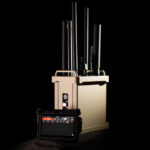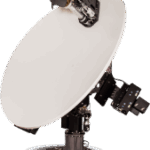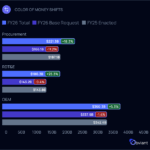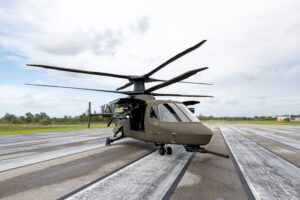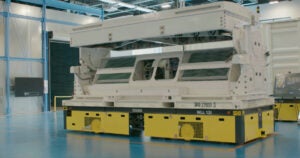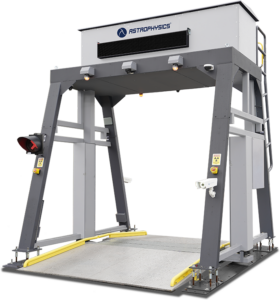
Customs and Border Protection in late September awarded Astrophysics, Leidos [LDOS], and OSI Systems’ [OSIS] Rapiscan Systems division contracts for new low-energy portal (LEP) X-Ray systems that will be used to vehicles while the occupants remain inside and drive through a checkpoint on their way into the U.S. from Mexico. Under the $390 million LEP contract, Astrophysics says its initial order is worth more than $82 million, including options, and Leidos says its initial order is worth $107 million, including…

 By
By 